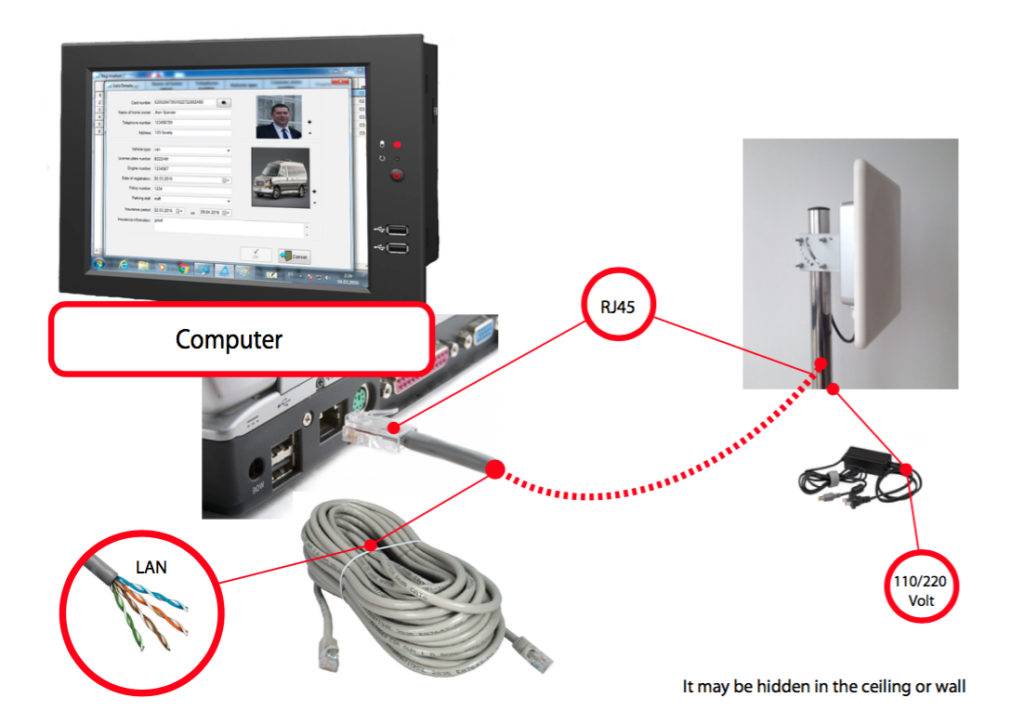Prices / Buy Systems Write A Request
Software Download Free Online Estimate
A vehicle gate access control system is a security solution designed to restrict access to a specific area by vehicles. It typically includes a gate that can be opened and closed, and a control system that regulates access by allowing or denying entry to authorized vehicles.
The system can include a range of components, such as sensors, cameras, intercoms, and keypads, that are used to identify and authenticate vehicles and drivers before granting them access. For example, a driver may be required to enter a code or present a security card to gain entry. Vehicle gate access control systems are commonly used in a variety of settings, including gated communities, parking lots, industrial facilities, and government installations. They are an effective way to improve security, prevent unauthorized access, and monitor vehicle traffic.
We provide professional installation and configuration of vehicle access control systems for seamless and secure operation.
Contact us today! 🚗🔧
Vehicle Access Control Systems Compatible With I-Pass and E-ZPass Systems
Our Vehicle Access Control Systems are fully compatible with the I-PASS system and will function in multiple states where E-ZPass is accepted. This means that users can seamlessly use the same RFID sticker tags from the I-PASS and E-ZPass network within our system, eliminating the need for additional tags or modifications.
The RFID stickers integrated into our system work across 19 states that are part of the E-ZPass network, ensuring smooth and automatic vehicle identification at access points. These systems operate in the following states:
✅ Midwest Region – Minnesota, Illinois, Indiana, Ohio, Kentucky;
✅ Northeast & Mid-Atlantic – Virginia, West Virginia, Pennsylvania, New York, Maryland, New Jersey, Delaware, Massachusetts, Rhode Island, New Hampshire, Maine;
✅ Southern Region – North Carolina, Florida.
With this extensive coverage, users benefit from effortless, contactless access to controlled parking areas, toll roads, and other restricted zones without requiring additional credentials. Whether traveling across states or using secured parking facilities, our Vehicle Access Control Systems provide a seamless, secure, and convenient experience for all I-PASS and E-ZPass users.
We provide Lifetime Software License. Local computer or server versions do not require an Internet connection.
No Subscriptions, No Monthly Fees!
Parking Management Software Free Download
What Is Vehicle Gate Access Control Systems
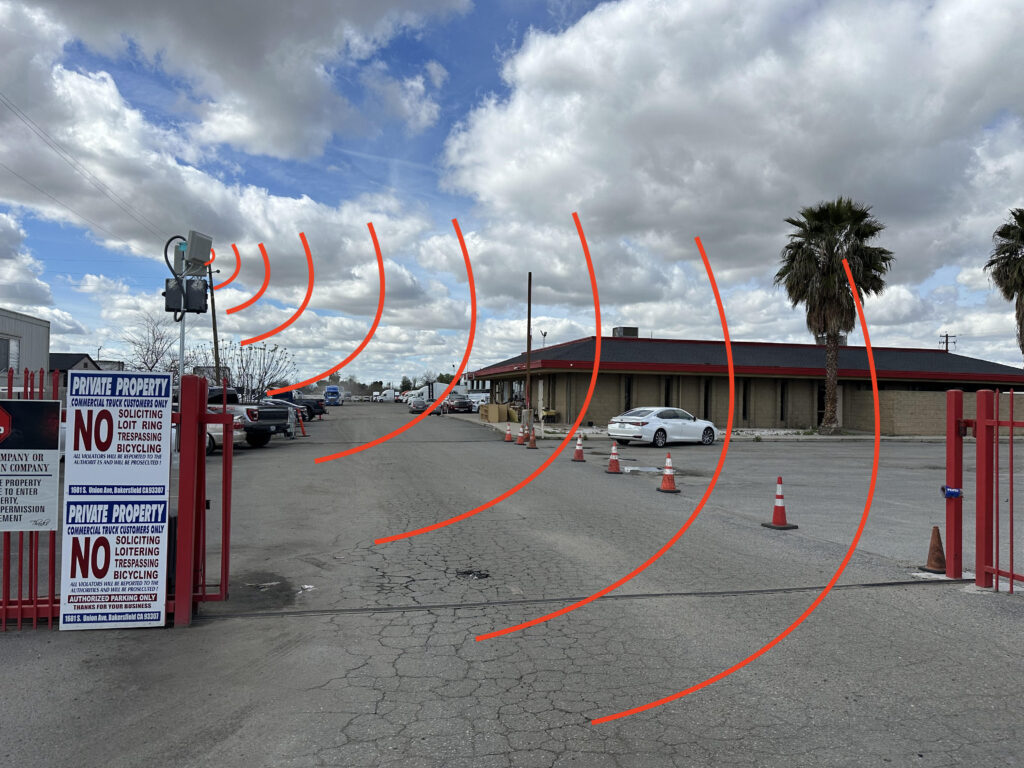
Vehicle gate access control systems are security systems designed to control and manage the access of vehicles to a particular area, such as a parking lot, gated community, industrial facility, or government installation. These systems typically consist of a gate that can be opened and closed, and a control system that regulates access by allowing or denying entry to authorized vehicles.
The components of a vehicle gate access control system can vary depending on the level of security required and the specific needs of the application. Some common components include:
Gate: This is the physical barrier that controls access to the area. It can be a swing gate, sliding gate, or barrier arm.
Access Control Panel: This is the central control unit that manages the control system. It typically includes a computer, controller, and software that manages access requests and communicates with other system components.
Vehicle gate access control systems and software developed by FRESH USA have the best solutions. For more information, follow the link about parking systems.
Free Online Estimate of Parking Access Control Systems
Vehicle Gate Access Control And RFID Technology
RFID (Radio Frequency Identification) UHF* technology is commonly used in vehicle gate access control systems as a means of identifying and authenticating vehicles and drivers. RFID is a wireless communication technology that uses radio waves to identify and track objects, in this case, vehicles.
You can order a reliable and advanced gate access control systems from Fresh USA.
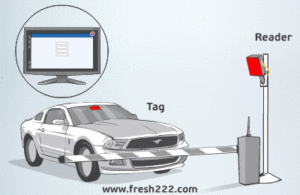
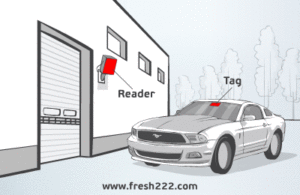
In a vehicle gate access control system using RFID technology, a small RFID tag is attached to the vehicle or driver, typically on the windshield or on a key fob. This tag contains a unique identification number that is read by an RFID reader at the gate. When a vehicle approaches the gate, the RFID reader sends a signal to the RFID tag**, which responds with its unique identification number. The reader then sends this information to the access control panel, which checks the number against a database of authorized vehicles and drivers. If the number is recognized, the gate will open, allowing the vehicle to enter. RFID technology offers several advantages for vehicle gate access control systems. It is fast, reliable, and can identify vehicles and drivers without the need.
* Ultra High Frequency: 860-940 MHz.
** Parking access control tags, watch the VIDEO
How Vehicle Gate Access Control Systems Work
Vehicle gate access control RFID systems work by using radio waves to communicate between the RFID tag attached to a vehicle and the reader located at the gate. The system consists of three main components: the RFID tag, the reader, and the software.

The RFID tag is a small device that contains a unique identifier and is attached to the vehicle. When the vehicle approaches the gate, the reader emits a high-frequency radio signal that powers up the RFID tag. The RFID tag then sends back its unique identifier to the reader using radio waves.
The reader captures the radio waves and sends the information to the software, which verifies the identity of the vehicle and its authorized access. If the vehicle is authorized, the gate will open, and the vehicle can pass through.
These systems are highly secure as the unique identifier in the RFID tag cannot be easily duplicated or altered, ensuring that only authorized vehicles can gain access. They are also efficient as they allow for fast and convenient entry and exit of vehicles, eliminating the need for physical keys or access cards.
Vehicle gate access control systems provide a reliable and efficient method of controlling access to restricted areas, such as parking lots, industrial sites, and residential areas.
When Choosing A Vehicle Gate Access Control System
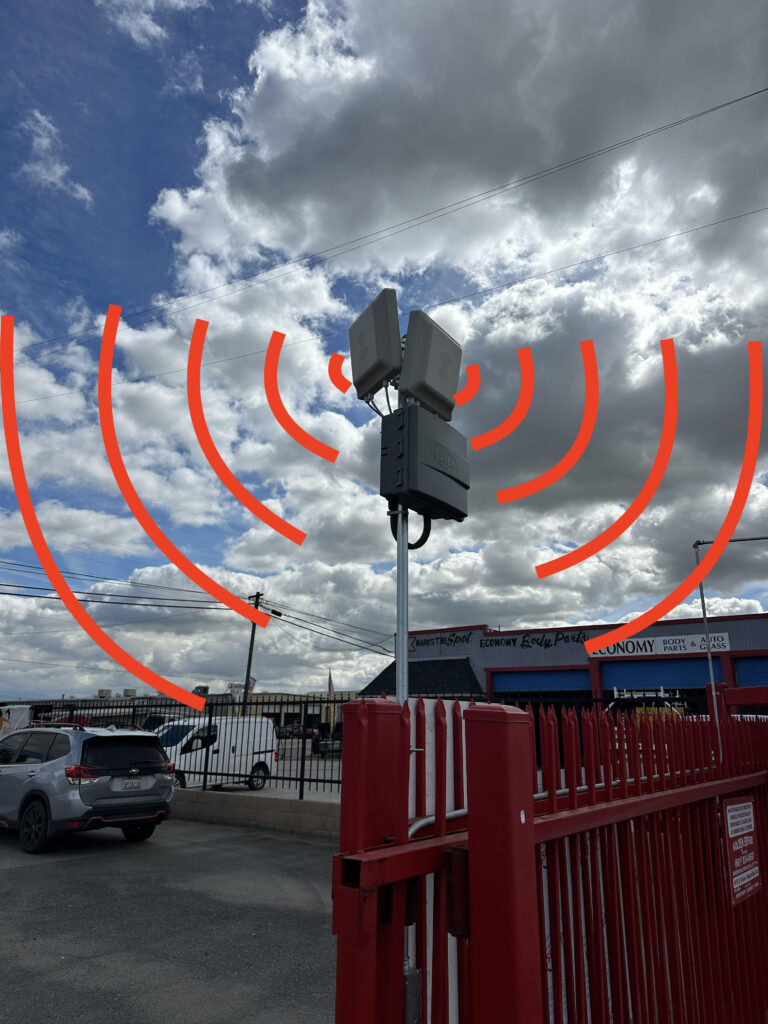
When choosing a vehicle gate access control system, there are several important things to consider. Here are some of the most important factors to keep in mind:
Security: The primary purpose of a gate access control system is to ensure security. Therefore, it’s crucial to choose a system that provides a high level of security, such as one that uses advanced encryption and secure protocols to prevent unauthorized access.
Compatibility: The system you choose should be compatible with the existing hardware and software in your organization, such as the gate hardware, the access control software, and any other systems that need to integrate with the gate control system.
Ease of use: The system should be easy to use and operate for both the users and the administrators. The user interface should be intuitive and straightforward, and the software should be easy to navigate and manage.
Scalability: The system should be scalable, meaning that it can handle additional users, gates, and access points as your organization grows.
Reliability: The system should be reliable and robust, with minimal downtime or issues. Choose a system with a proven track record of reliability and uptime.
Maintenance and support: Ensure that the vendor provides adequate maintenance and support services for the system, including regular updates and patches, troubleshooting, and technical support.
Cost: Finally, consider the cost of the system, including the upfront cost of the hardware and software, ongoing maintenance and support costs, and any other associated expenses. Choose a system that fits your budget and provides the best value for your investment.
By considering these factors, you can choose a vehicle gate access control system with RFID technology that meets your specific needs, improves efficiency, and enhances the customer experience.
Use of Long-Range Wireless Technologies In Vehicle Gate Access Control Systems
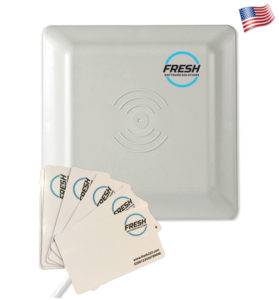
Parking access control systems manufactured by FRESH USA have been tested for many years of use around the world and work perfectly in all weather conditions. Car parking management system developed by Fresh USA uses only contactless technologies such as Wi-Fi, 4G / LTE and RFID UHF long range distance with a frequency of 860MHz – 960MHz. You can integrate the parking management software with other third-party software or your ERP system using a SQL database or deploy a Web-service.
Any RFID parking system, from Fresh USA is Your reliable choice.
The main advantage of a vehicle gate access control RFID UHF system over other control systems is its ability to quickly and efficiently identify and authorize vehicles for entry or exit without the need for physical keys or access cards.
Unlike other control systems that require users to present a physical card or enter a PIN, RFID systems use radio waves to communicate between the RFID tag attached to a vehicle and the reader located at the gate. This eliminates the need for physical interaction and allows for faster and more convenient entry and exit of vehicles.
Furthermore, RFID UHF systems provide a higher level of security than traditional access control systems because the unique identifier in the RFID tag cannot be easily duplicated or altered. This ensures that only authorized vehicles can gain access to the restricted area.
Overall, the main advantage of a vehicle gate access control RFID system is its speed, convenience, and security, making it an ideal solution for managing access to parking lots, industrial sites, residential areas, and other restricted areas where vehicle traffic needs to be controlled. We provide professional installation and configuration of vehicle access control systems for seamless and secure operation.
Contact us today! 🚗🔧
We provide Lifetime Software License. Local computer or server versions do not require an Internet connection.
No Subscriptions, No Monthly Fees!
